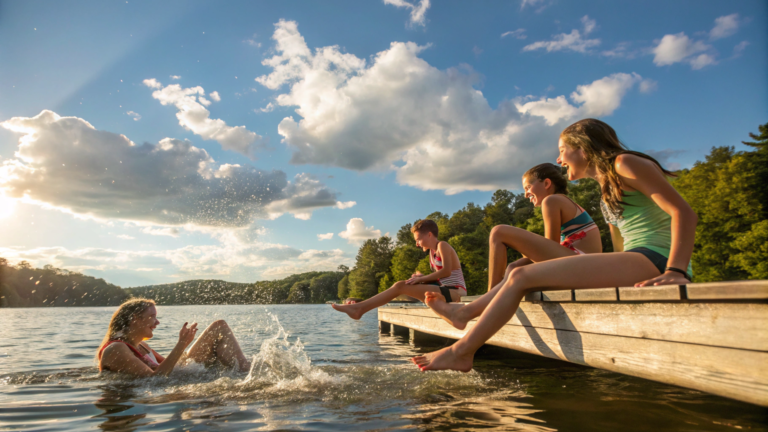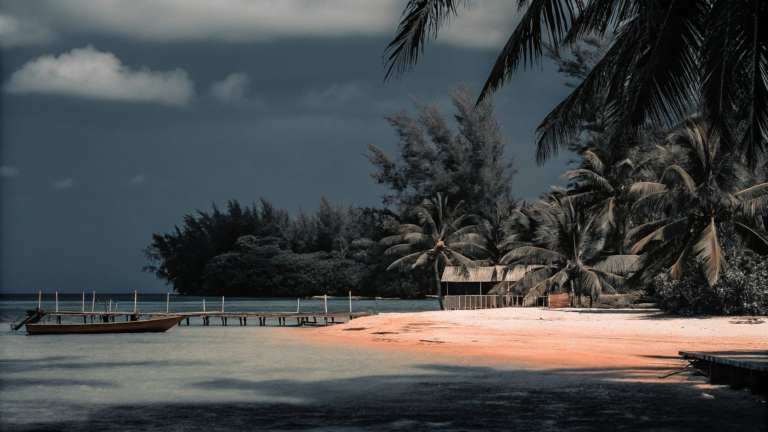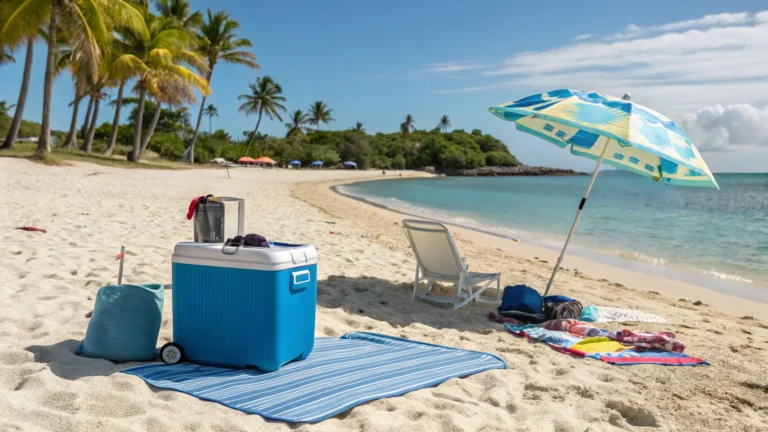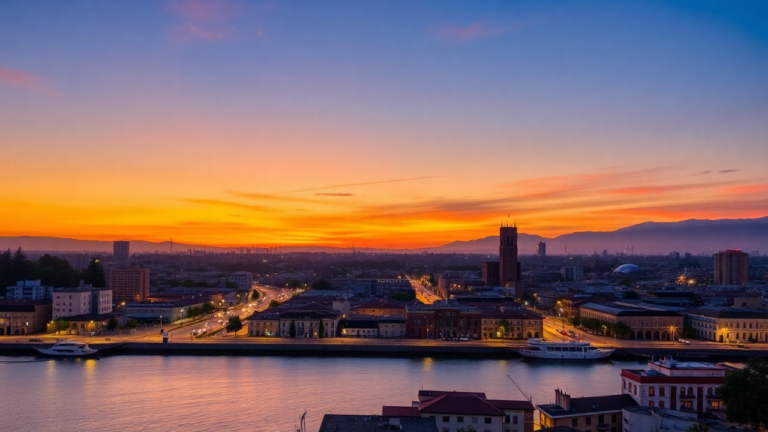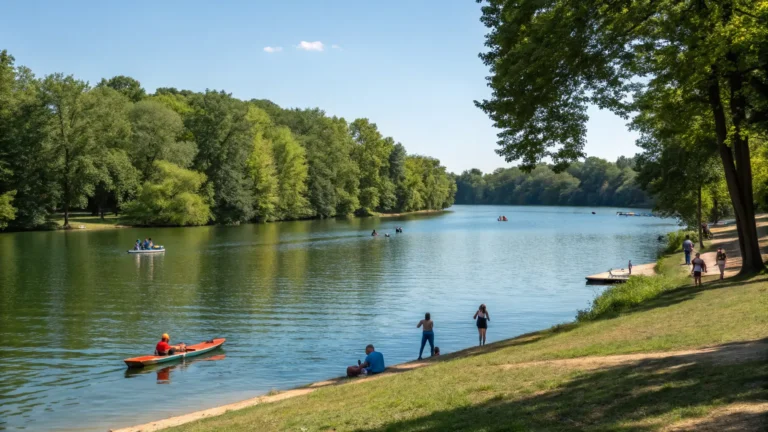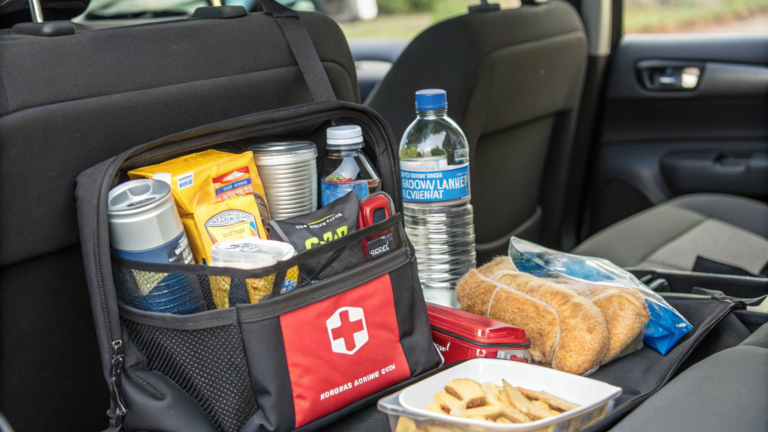Camping Tips 5 Reasons Your Setup Might Fail
Best Camping Tips The Truth About Becoming a Better Camper
Look, here’s what 17+ years of pitching tents in various wilderness areas has taught me: camping is both a skill and an art form, and you get better at both primarily by screwing up repeatedly.
That miserable flooded tent experience with my brother? Made me obsessive about studying topography before setting up camp. The freezing night in Utah? Now I have a special section in my packing list dedicated specifically to “emergency warmth items” regardless of forecast. The bear incident with the gum packet? I do a full “smell sweep” of EVERYTHING before it enters my tent.
Each disaster taught me something no YouTube video or camping manual could communicate effectively.
I’m not saying you need to go have all these awful experiences yourself—that’s literally the entire point of this rambling collection of camping failures. Learn from my stupid mistakes! But also understand that your own camping disasters will eventually become your best campfire stories AND your most valuable wilderness lessons.
I’ve realized camping isn’t some macho test of wilderness toughness. It’s about finding your own personal, sustainable way to enjoy the outdoors—whether that involves a minimalist bivy sack setup or a tricked-out glamping tent with battery-powered string lights.
Whatever gets you outside and keeps you wanting to go back? That’s the right way to camp.
So what camping disasters have made YOU a better outdoor person? Any catastrophic setup failures that taught you valuable lessons? Drop your stories in the comments—I need confirmation that I’m# Essential Camping Tips: 5 Setup Disasters That Could Wreck Your Next Outdoor Adventure
I’m still finding pine needles in that sleeping bag. Three years later.
It was supposed to be a simple weekend in Yosemite. June ’19. My brother Todd had finally agreed to try camping after 32 years of steadfastly refusing. “Fine,” he’d said, “but if I hate it, I’m never going again AND you’re buying me dinner for a month.”
Challenge accepted.
I had completed the Yosemite backcountry loop around nine times. Six-ish miles in. Gorgeous views. Usually not too crowded.
We hiked in, found this perfect-looking clearing, and I showed off setting up my trusty old North Face Stormbreak in record time. “See? Easy peasy!” I bragged, while Todd rolled his eyes.
Then the sky CRACKED open around midnight.
Not just rain. A full-on DELUGE.
By 3 AM we were floating. Turns out I’d camped us in what locals apparently call a “seasonal creek bed” (translation: the place where ALL the mountain water decides to converge during rainfall). Soaked sleeping bags, floating backpacks, ruined phone… complete disaster.
Todd’s never let me forget it. My Christmas card from him last year? A bathtub toy tent.
Table of Contents
Beginner Camping Tips: Why Your Setup Can Make or Break Your Trip
After 17+ years of pitching tents in places ranging from Utah’s desert to Alaska’s backcountry, I’ve learned something crucial: a good camping setup isn’t just some bougie luxury—it’s literally the difference between an Instagram-worthy weekend and a miserable slog you’ll complain about for years.
My camping buddy Ryan keeps weirdly precise notes about our group trips (spreadsheet guy, you know the type). According to his data, about 1 in 4 camping trips among our friends ended early specifically because of setup problems. Not weather. Not injuries. Just poor setup choices.


This matters because:
- Poor setup = garbage sleep = cranky campers
- Bad site selection can literally flood your entire campsite
- Improper food storage attracts everything from tiny mice to enormous bears
- Equipment failures can leave you exposed to hypothermia even in “warm” seasons
- A miserable experience makes people never want to camp again (looking at you, Todd)
I’ve witnessed a $4,200 family vacation implode by day 2 because nobody bothered to test their fancy new tent before the trip. The parents spent 4 hours trying to assemble it while the kids melted down and darkness fell. They packed up the next morning after a night of everyone sleeping in the SUV.
Don’t be that family. Seriously.
Camping Tips for Beginners: Mistake #1 – Picking Terrible Tent Locations
“This spot looks flat enough!”
If I had a dollar for every time I’ve heard someone say this before a camping disaster, I could afford one of those ridiculous $900 ultralight tents.
Summer ’17. Pike’s Peak area. My nephew Jayden’s first camping trip. Found what looked like the PERFECT spot with this decent little pine tree for afternoon shade.
2:13 AM (I remember checking my watch and groaning): We’re both awake because we’ve migrated into the corner of the tent like two human bowling balls. Turns out that “looks flat enough” actually had a subtle but MADDENING 8-degree slope that was totally invisible when standing up.
But wait—there’s more! When a brief storm hit the next afternoon, our campsite transformed into a literal waterslide. We’d accidentally set up in what was basically nature’s rain gutter. Pure dumb luck the storm passed quickly or we’d have been totally flooded out.
Jayden now introduces me to his friends as “Uncle Waterslide.” Teenagers are brutal, man.
Pro Camping Tips for Finding Actually Good Tent Spots:
- Get down on the ACTUAL GROUND and lie where your tent will go. What feels fine standing up becomes tortuous at 2AM
- Bring a tennis ball to test for slopes—if it rolls, you will too
- Check for those subtle little depressions that become puddles when it rains
- Look for smooth stones or lack of pine needles/debris—classic signs of water flow
- Always scan for “widow-maker” branches hanging overhead
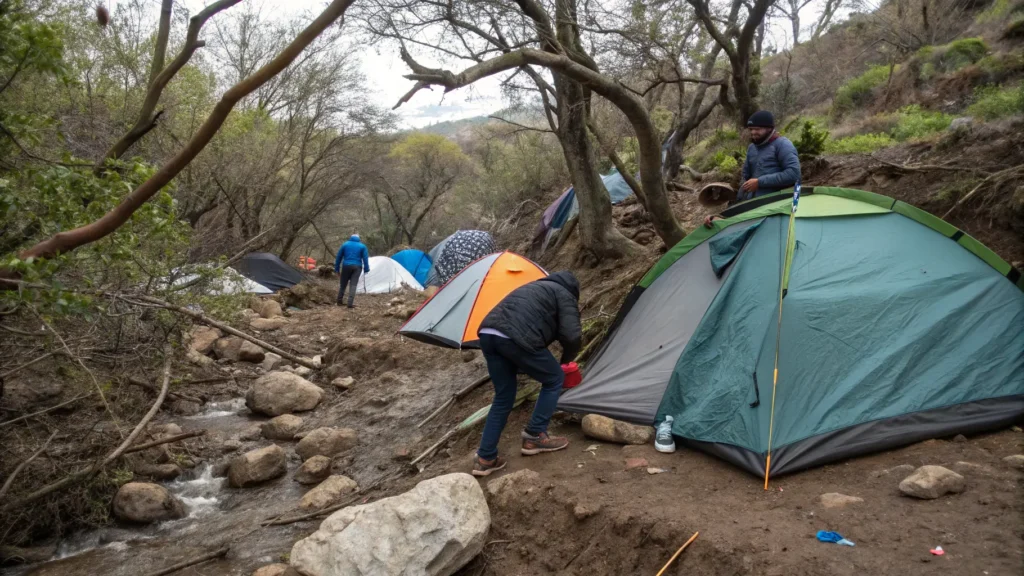

Tent Placement Golden Rules:
- Stay 200+ feet from water sources (better for nature AND keeps mosquitoes from eating you alive)
- Think about the sunrise—that perfect shady evening spot becomes a morning sauna at 5:45AM
- Check what’s UPHILL from you (water flows downhill, directly into your tent if you’re not careful)
- Notice wind patterns—see which way tree branches are bending and position accordingly
I now spend close to half an hour just finding the right spot before unpacking anything. My friends give me endless grief about it (“Are you performing a geological survey over there?”), but they’ve also stopped waking up in puddles. Worth it.
Backcountry Camping Tips: Mistake #2 – Those Lying Temperature Ratings
Here’s something nobody tells ya when you’re buying camping gear – those temperature ratings on sleeping bags? Absolute fiction. Complete fantasy. Written by optimistic marketing people who’ve never spent a night outdoors.
October 2020. Adirondacks. Columbus Day weekend. The forecast showed overnight lows around 42°F.
“Pffft, no problem,” I thought. My sleeping bag was rated to 30°F. That’s TWELVE whole degrees of buffer! I’d be cozy as heck!
WRONG. SO WRONG.
What the packaging fails to explain clearly is that those ratings are “survival ratings,” not “comfort ratings.” Survival means “probably won’t develop hypothermia” – not “will sleep comfortably.”
I spent that night wearing literally every item of clothing I brought – including my rain jacket and spare socks on my hands – INSIDE my sleeping bag. I maybe got 90 minutes of broken sleep, most of which involved vivid dreams about swimming in hot springs.
The next morning, my friend Caleb (who brought the proper 0°F bag) looked annoyingly well-rested while I resembled something that had been preserved in ice for a century.
Essential Camping Tips for Gear That Actually Works:
- For sleeping bags: Take the temp rating and subtract 15-20°F to get the REAL comfort rating
- Actually SET UP your tent in the yard before leaving home (sounds obvious, but you’d be shocked)
- Spray water on your tent’s rain fly to check for waterproofing failure before your trip
- Test lanterns and flashlights for at least 20 straight minutes (quick tests at home won’t reveal battery drain issues)
- Count every single tent stake, pole section, and guy line (yes, seriously)
Amateur Hour Assembly Mistakes:
- Hammering tent stakes straight down (they should angle OUTWARD at ~45° for maximum holding power)
- Skipping guy lines when it’s not currently windy (spoiler: wind often arrives at 2AM)
- Putting the rainfly on too tight (creates stress tears) or too loose (collects water in saggy pockets)
- Setting up your tent in the dark because you arrived late (recipe for disaster)
After losing an $80 tent pole section in 2018 (and spending an entire weekend with a partially collapsed tent), I finally broke down and created a laminated gear checklist. My friends call it my “camping OCD card,” but guess who they borrow it from before their own trips now?
Outdoor Camping Tips: Mistake #3 – Thinking Weather Apps Actually Work Where You’re Going
Weather forecasting and backcountry camping have a relationship status best described as “it’s complicated.” And by complicated, I mean WILDLY UNRELIABLE.
Great Smoky Mountains, Memorial Day 2018. I checked three different weather apps before the trip. Even paid $3.99 for that fancy “AccuWeather Pro” garbage. All showed sunny skies, 0% chance of rain all weekend.
Guess what arrived on Saturday afternoon?
A biblical-level downpour that lasted SIX FREAKING HOURS. The kind of rain where drops hit so hard they actually hurt. The kind where water comes through tent mesh SIDEWAYS.
On one side of the tent, my friend Mitch’s air mattress practically floated. We ended up playing “rain bingo,” where we tried to guess which tent seam would start leaking next.
Here’s the thing about weather apps: they’re pretty good for cities. They’re absolutely worthless for mountains, valleys, coastal areas, or forests – basically EVERYWHERE PEOPLE ACTUALLY CAMP.
My all-time worst weather mistake was April 2018, Utah desert. Daytime: perfect 73°F, light breeze, gorgeous hiking weather. What I completely failed to research? Desert temperature swings.
When the sun disappeared, the temp absolutely PLUMMETED to around 26°F. We had exactly zero cold-weather gear. My friend Dev and I ended up huddled together wearing everything we’d packed plus the car’s floor mats draped over us. We looked like two idiots wrapped in rubber burritos and were STILL freezing.
Actually Useful Camping Tips for Weather Planning:
- Plan for temperatures AT LEAST 20°F colder than forecast (not exaggerating)
- Research regional weather PATTERNS, not just forecasts (mountain afternoon thunderstorms, coastal fog patterns, etc.)
- Pack emergency rain gear even when 0% chance is predicted
- Check historical weather data for your site – it’ll tell you stuff locals already know
- Understand what “30% chance of rain” ACTUALLY means (it’s not what you think)
Survival-Level Rain Strategies:
- Set up a tarp system FIRST if rain threatens (gives you dry coverage to set up everything else)
- Position tent entrance AWAY from the direction weather usually comes from
- Use a ground tarp slightly SMALLER than your tent footprint (prevents water running underneath)
- Bring twice as many tent stakes as you think you need for windy/stormy conditions
I’m now that person who studies precipitation records before trips. My camping group has a running joke that I should have been a meteorologist instead of a programmer. But you know who they call first when planning their own trips? Yep. Your weather-obsessed friend right here.
Family Camping Tips: Mistake #4 – Thinking Animals Won’t Find Your Food
“I doubt bears come around this campsite much.”
I said these exact words before a camping trip that lives in infamy among my friends. Labor Day 2016, Yosemite.
My girlfriend Tess and I were super responsible—using the metal bear locker for ALL our food. Felt pretty smug about our wilderness know-how. “Look at these other campers with their sloppy food storage,” I whispered to Tess. “Amateurs.”
Then I absentmindedly left a SINGLE packet of fruit-flavored gum in my jacket pocket. The jacket inside our tent.
Around midnight, we woke to the unmistakable sound of heavy snuffling outside the tent wall. About 2 inches of nylon separated us from a curious black bear who found my stupid Juicy Fruit VERY interesting.
I still remember Tess’s expression as she mouthed “WTF?” while we both lay frozen in terror. The bear circled our tent for approximately 6,000 years (probably more like 30 minutes, but time slows WAY down when you’re terrified).
Eventually it wandered off, but sleep was pretty much canceled for the night.
And bears aren’t even the most common problem. The absolute WORST campsite destruction I’ve witnessed was at Shenandoah when a family of raccoons obliterated our neighbor’s site. Those adorable trash pandas shredded their tent side panel, dragged food EVERYWHERE, and somehow opened a “raccoon-proof” cooler. The family had to pack up and leave—their tent wasn’t even usable anymore.
Non-Negotiable Food Storage Camping Tips:
- Bear country: Use canisters or hang food properly (PCT method: 12′ high, 6′ from trunk, 6′ below branches)
- EVERYTHING with a scent goes away from your tent—yes, that includes:
- Toothpaste (bears love minty freshness)
- Lip balm (basically bear candy)
- Sunscreen (smells delicious to wildlife)
- Deodorant (like a dinner bell for critters)
- Cook at least 100 feet from your tent (I pace it out: 40 big steps minimum)
- “Sealed” packages still have scents wildlife can detect through plastic
Camp Kitchen Organization That Saves Your Stuff:
- Create dedicated zones: cooking area, eating area, cleaning area (all separated)
- Use an old bandana under your prep area to catch crumbs—shake it out far from camp
- Establish clear “lockdown procedures” for leaving the camp, even for just five minutes.
- Pack out EVERYTHING (that banana peel doesn’t “biodegrade quickly”—it attracts animals)
After that bear encounter, I’ve become borderline paranoid about scents in camp. My friends laugh when I make everyone use hand sanitizer after handling food, but I’d rather be teased than deal with midnight bear visits again!
Budget Camping Tips: Mistake #5 – The “I Don’t Need Comfort” Lie
“I can sleep anywhere! I’ll just throw down a cheap foam pad. No big deal.”
I told myself this lie for TWELVE FREAKING YEARS of camping.
I’d invest in fancy technical shirts, titanium cooking equipment, and ultralight everything else—but somehow convinced myself that sleeping on what was essentially a yoga mat made me more “authentic” or “hardcore.”
Y’all, I was just being STUPID.
I spent countless trips stumbling around like a caffeine-deprived zombie because I’d gotten maybe 90 minutes of broken sleep. My back constantly hurt. I was perpetually cranky by day 2 of every trip.
The truth? I was trying to prove something that nobody else even cared about.
My fiancée (now wife) Sarah finally intervened during our Pacific Northwest trip in spring ’21. After watching me zombie-shuffle through our third day operating on fumes, she drove us to REI in Portland and made me buy a real sleeping pad.
Not the $19.99 foam garbage I’d been using—a legit inflatable pad with actual cushioning and proper R-value insulation.
That night I slept NINE STRAIGHT HOURS. In a tent! I woke up feeling like I’d discovered a camping cheat code.
The pad cost $92.47 (I remember because it felt like SO much money at the time). It’s been worth every penny ten times over.
Game-Changing Sleep System Camping Tips:
- Sleeping pad R-value = insulation from cold ground (get at least R-3.0 for 3-season camping)
- Bring an actual pillow; those little camp pillows are worthless; use the one from your bed instead.
- Have dedicated sleep clothes that never leave the tent and stay clean/dry
- Consider your sleeping bag shape—mummy bags are warmer but feel claustrophobic if you’re a side sleeper
Hard-Learned Camp Layout Wisdom:
- Create a “landing zone” just inside your tent door for glasses, headlamp, etc.
- Keep shoes OUTSIDE the tent but UNDER the vestibule to prevent morning dew soaking
- Use a specific pee bottle for nighttime emergencies (label it VERY clearly or risk a story your friends will tell forever)
- Camp with your car? Keep a “midnight run bag” ready with car keys, headlamp, and toilet paper
Let me say something that took me way too many years to figure out: Those “comfort items” aren’t luxuries—they’re the difference between actually enjoying camping and just enduring it until you can go home.
The Truth: Every Mistake Makes You a Better Camper
So here’s what I’ve figured out after 15+ years of pitching tents in all kinds of places: camping is both an art and a science, and you get better at both by screwing up repeatedly.
That miserable flooded tent in Yosemite? Made me borderline obsessive about campsite selection. The freezing night in Utah? Now I’ve got a special section in my gear spreadsheet specifically for temperature planning. The bear incident? I literally have a “smell check” step in my camp setup routine now.
Each disaster taught me something I wouldn’t have learned from a book or YouTube video.
I’m not saying you should go out and make all these same mistakes—that’s literally why I wrote this rambling confession of camping failures. Learn from my missteps! But also know that your own camping disasters, while miserable in the moment, will make you so much better at this whole outdoor thing in the long run.
Camping isn’t about proving how hardcore you are. It’s about finding your own sustainable way to connect with nature—whatever that looks like for you. Sometimes that means investing in better gear. Sometimes it means developing better skills. Almost always, it means learning from mistakes, laughing about them later, and heading back out there anyway.
What camping disasters have taught you valuable lessons? Got any setup failures that made you a better camper? Drop your stories in the comments—misery loves company, and I could use some reassurance that I’m not the only one who’s had to empty water out of my boots at 2 AM!


